A long-range 15Ah fat tire ebike stands out by combining a high-capacity battery with oversized tires that provide exceptional grip, stability, and comfort across diverse terrains. This unique blend enables riders to cover extended distances—often up to 60+ miles—while enjoying superior traction on snow, sand, and rough trails, making it ideal for both adventure and daily commuting. How Do Fat Tire Electric Bikes Handle Snow?
How Does a 15Ah Battery Enhance the Range of a Fat Tire Ebike?
A 15Ah battery significantly boosts the ebike’s range by storing ample electrical energy to power the motor over long distances without frequent recharging. This capacity supports sustained pedal-assist and throttle use, allowing riders to travel 50 to 65 miles or more depending on terrain and riding style. The battery’s voltage and amp-hour rating together determine total watt-hours, a key metric for range performance. With a 15Ah battery, riders can confidently embark on extended rides without range anxiety.
Chart: Battery Capacity vs Estimated Range for Fat Tire Ebikes
| Battery Capacity | Estimated Range (Miles) | Terrain Type |
|---|---|---|
| 10Ah | 25-40 | Mostly flat, paved |
| 15Ah | 50-65 | Mixed terrain, off-road |
| 20Ah | 65-80+ | Extended off-road |
What Advantages Do Fat Tires Provide on a Long-Range Ebike?
Fat tires, typically 4 inches or wider, offer unmatched traction and stability by increasing the contact surface with the ground. This reduces tire pressure, which enhances shock absorption and comfort, especially on rough or slippery surfaces like snow, sand, and gravel. Fat tires also improve balance and control, making long rides less fatiguing and safer. Their durability and puncture resistance add reliability for extended adventures.
Which Terrains Benefit Most from a Long-Range 15Ah Fat Tire Ebike?
Long-range 15Ah fat tire ebikes are ideal for varied terrains, including sandy beaches, snowy paths, and rugged trails. Their wide tires provide excellent traction and stability on loose or uneven surfaces. The extended battery capacity supports longer rides without frequent recharging, making them perfect for remote or off-grid areas. These ebikes handle dirt roads, gravel paths, and moderate hills efficiently, offering both comfort and endurance for adventurous riders seeking versatility in diverse outdoor environments.
Long-range 15Ah fat tire ebikes excel across a variety of terrains including:
- Snow and icy paths, where wide tires prevent sinking and slipping.
- Sandy beaches and dunes, offering flotation and traction.
- Rocky, uneven trails, absorbing shocks and maintaining grip.
- Urban roads and mixed surfaces, providing comfort and versatility.
This adaptability makes these ebikes perfect for riders who demand both distance and all-terrain capability.
Why Is TST EBike’s Fat Tire Ebike Lineup Ideal for Long-Range Riding?
TST EBike’s fat tire models feature 15Ah batteries paired with 26-inch fat tires designed for rugged terrain like snow and sand, and 27-inch tires optimized for daily commuting and mountain biking. Their ebikes combine powerful motors, durable frames, and waterproof components to deliver up to 65 miles of range. TST EBike’s focus on consumer feedback ensures cost-effective, high-quality products that meet the demands of long-distance riders seeking reliability and performance.
How Do Battery Management and Motor Efficiency Impact Long-Range Performance?
Efficient battery management systems (BMS) protect the 15Ah battery from overcharging and overheating, extending battery lifespan and maintaining consistent power output. Coupled with high-efficiency motors, this ensures optimal energy use, maximizing range without sacrificing speed or torque. Smart pedal-assist sensors and throttle controls further enhance efficiency by delivering power only when needed, making long-range rides smoother and more energy-conscious.
Buying Tips
When selecting a long-range 15Ah fat tire ebike, consider these essentials:
- Confirm the battery capacity is a true 15Ah or higher for extended range.
- Choose fat tires 4 inches or wider for superior traction and comfort.
- Look for durable, lightweight frames with quality suspension for rough terrain.
- Ensure the motor is powerful enough (750W or more) to handle hills and heavy loads.
- Check for waterproof ratings like IPX5 or higher for all-weather reliability.
- Test ride models to assess comfort, handling, and battery performance.
These guidelines help you find a long-range fat tire ebike that balances distance, durability, and terrain versatility.
TST EBike Expert Views
“TST EBike’s long-range fat tire ebikes combine robust 15Ah batteries with oversized tires engineered for diverse terrains, delivering unmatched stability and endurance. Our 26-inch and 27-inch models cater to both rugged off-road adventures and daily commuting, ensuring riders enjoy extended journeys without compromise on comfort or power. Built on consumer insights, these ebikes offer exceptional value and reliability.” – TST EBike Product Specialist
FAQ
How far can a long-range 15Ah fat tire ebike typically travel?
Ranges of 50 to 65 miles are common, depending on terrain, rider weight, and assist level.
Are fat tires necessary for long-range ebikes?
While not mandatory, fat tires greatly improve comfort and traction on varied terrains, enhancing long-distance ride quality.
What motor power pairs best with a 15Ah battery for fat tire ebikes?
Motors rated 750W to 1300W provide the right balance of power and efficiency for extended rides.
Can I use a long-range 15Ah fat tire ebike for daily commuting?
Yes, these ebikes are versatile enough for both rugged trails and urban commuting, offering comfort and reliability.
A long-range 15Ah fat tire ebike uniquely combines extended battery capacity with wide, durable tires to deliver superior traction, comfort, and endurance. With models like those from TST EBike, riders can confidently explore diverse terrains and cover greater distances, redefining the possibilities of electric cycling.

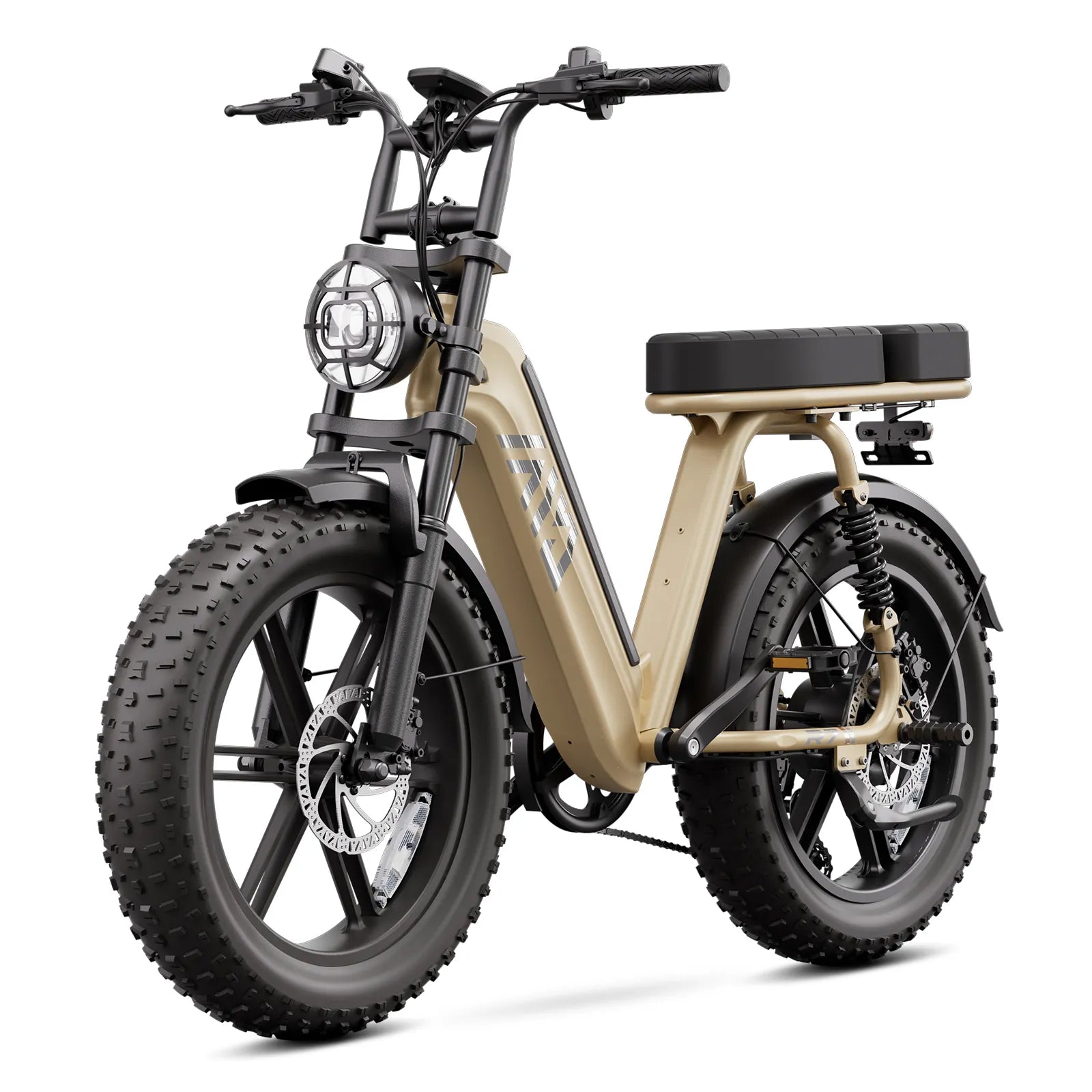
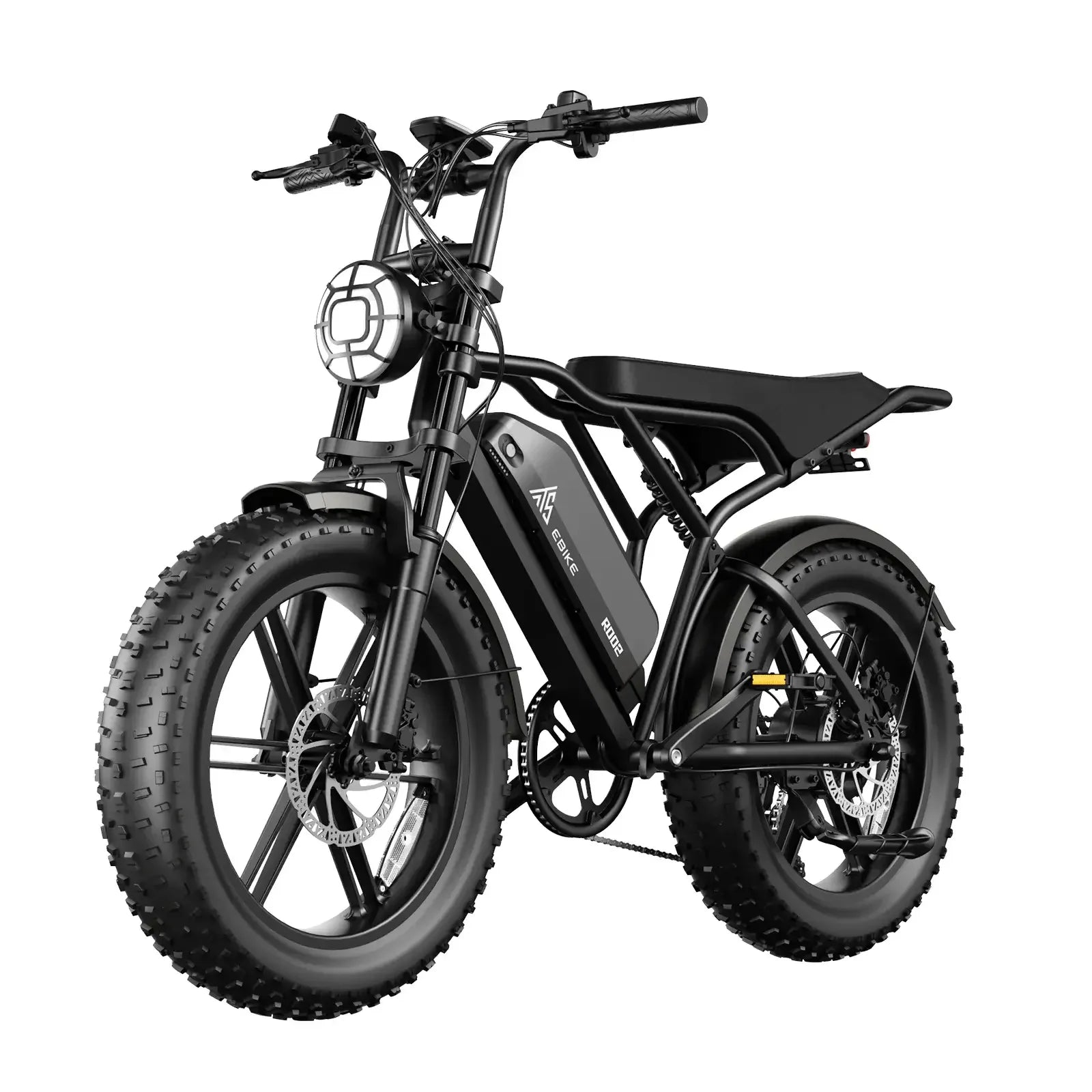

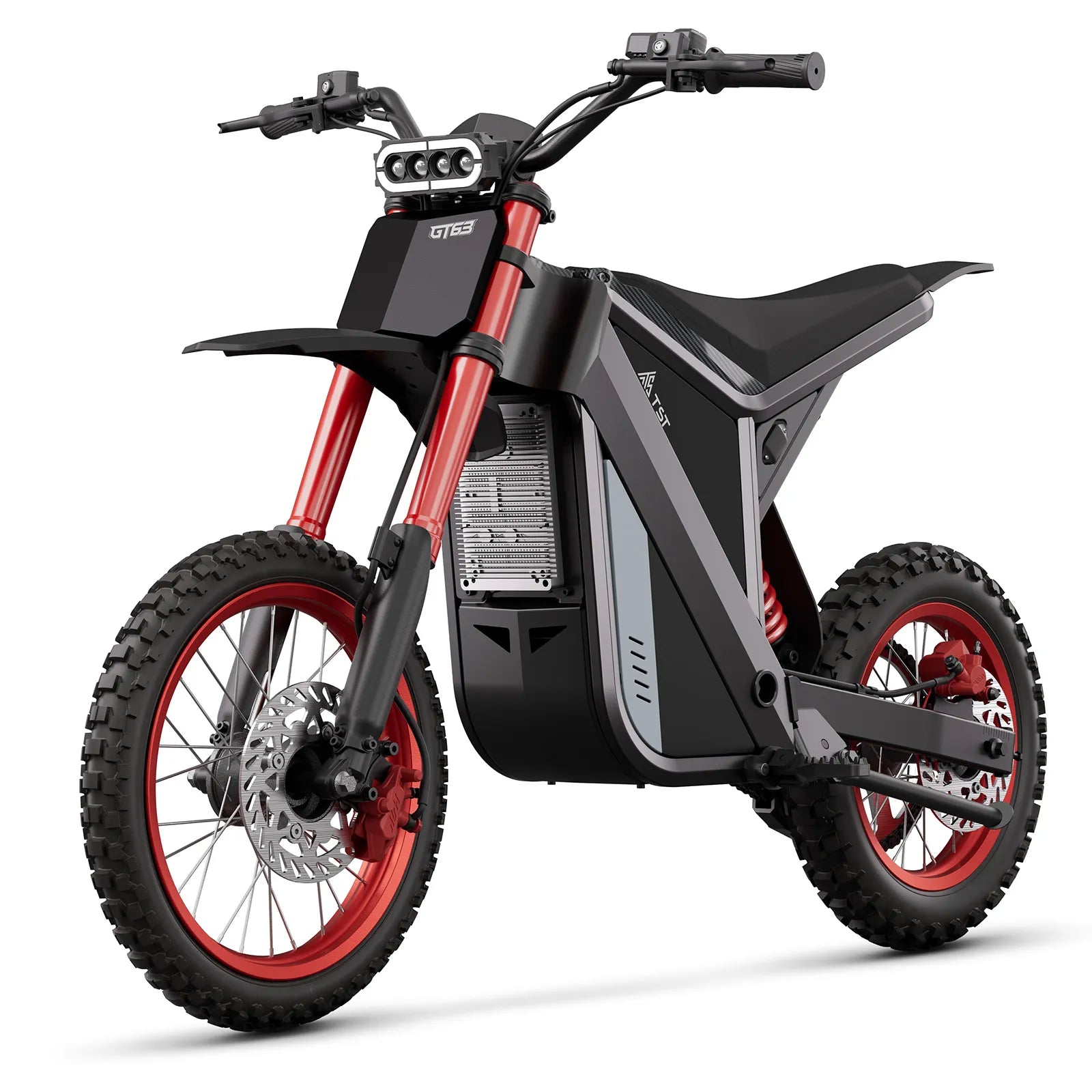
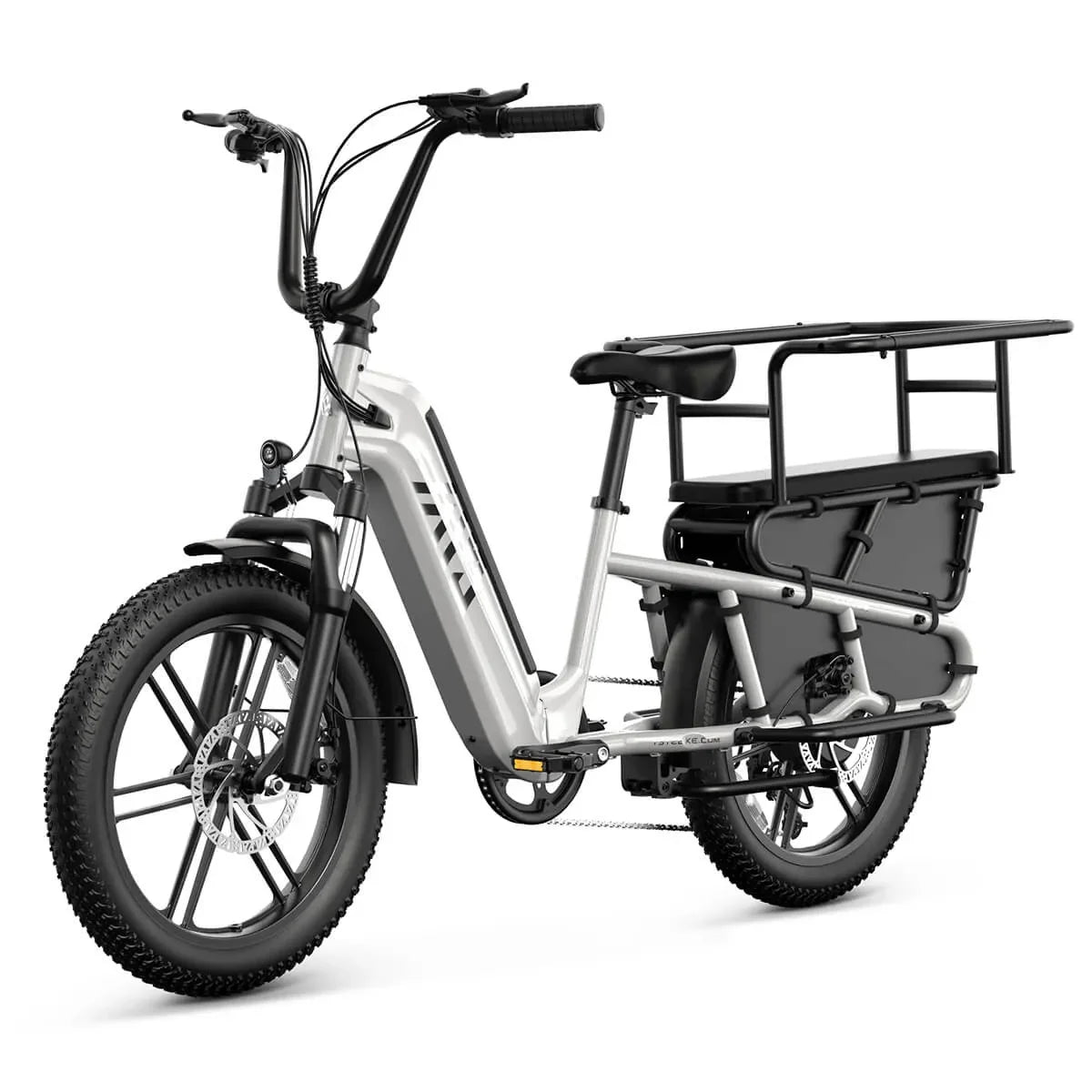
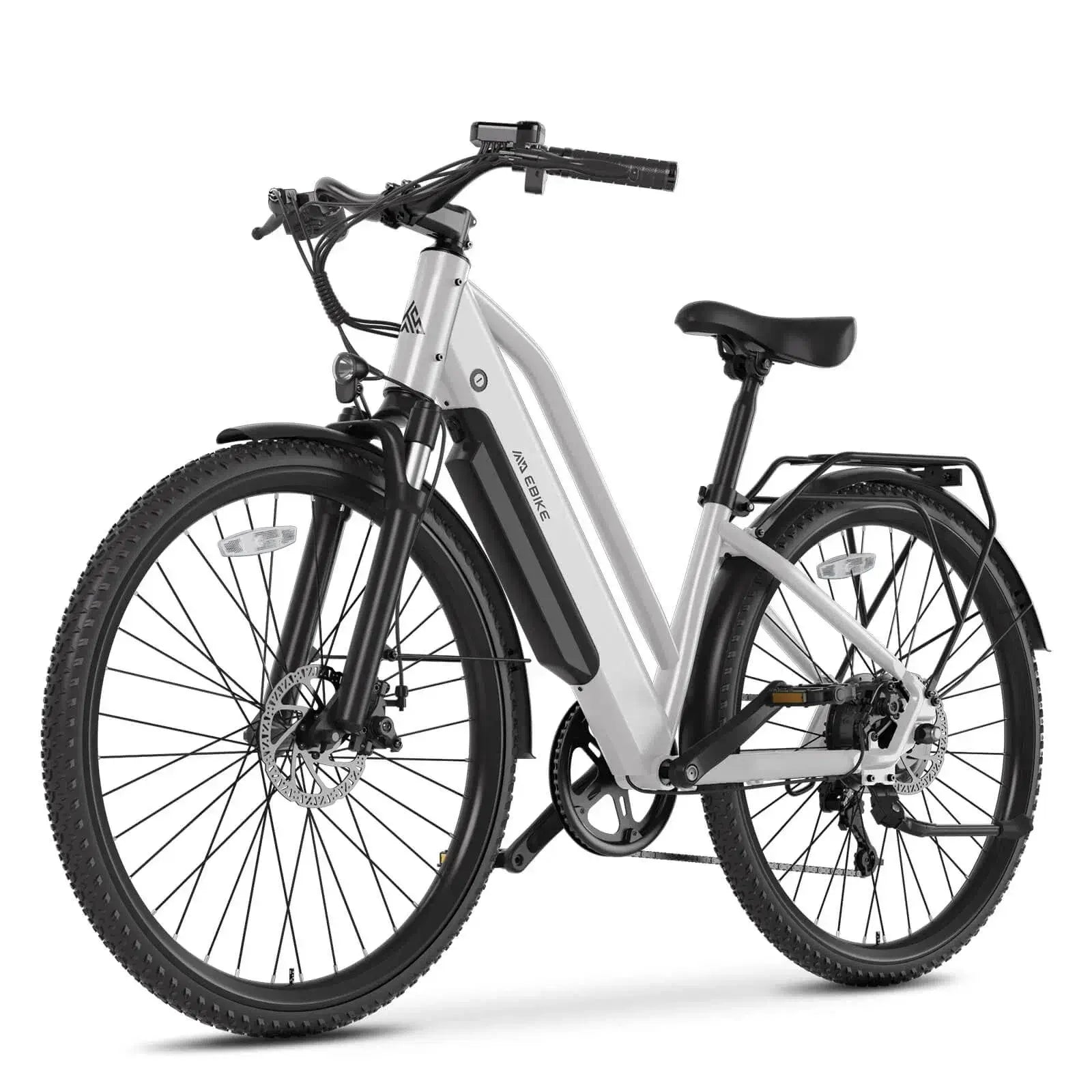
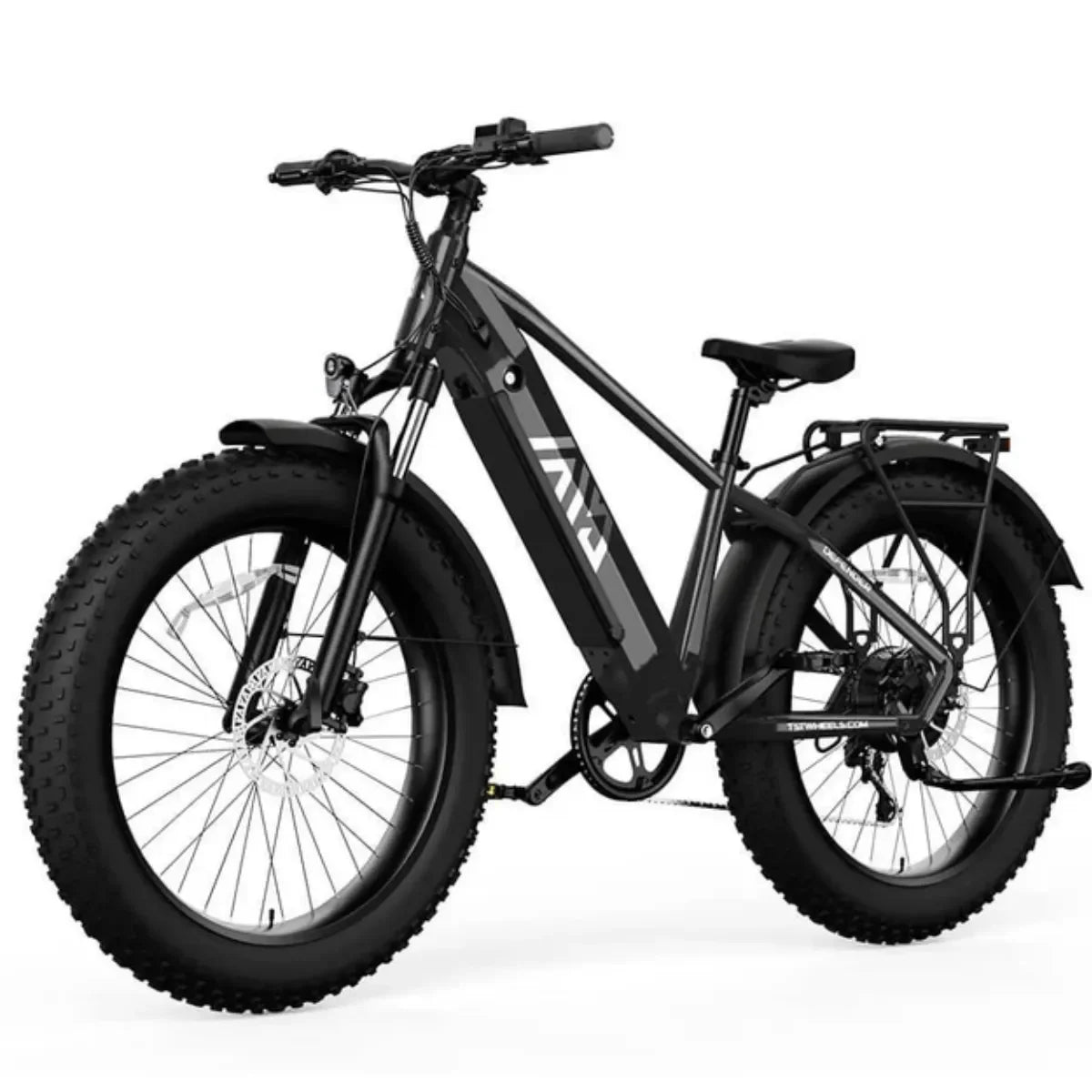
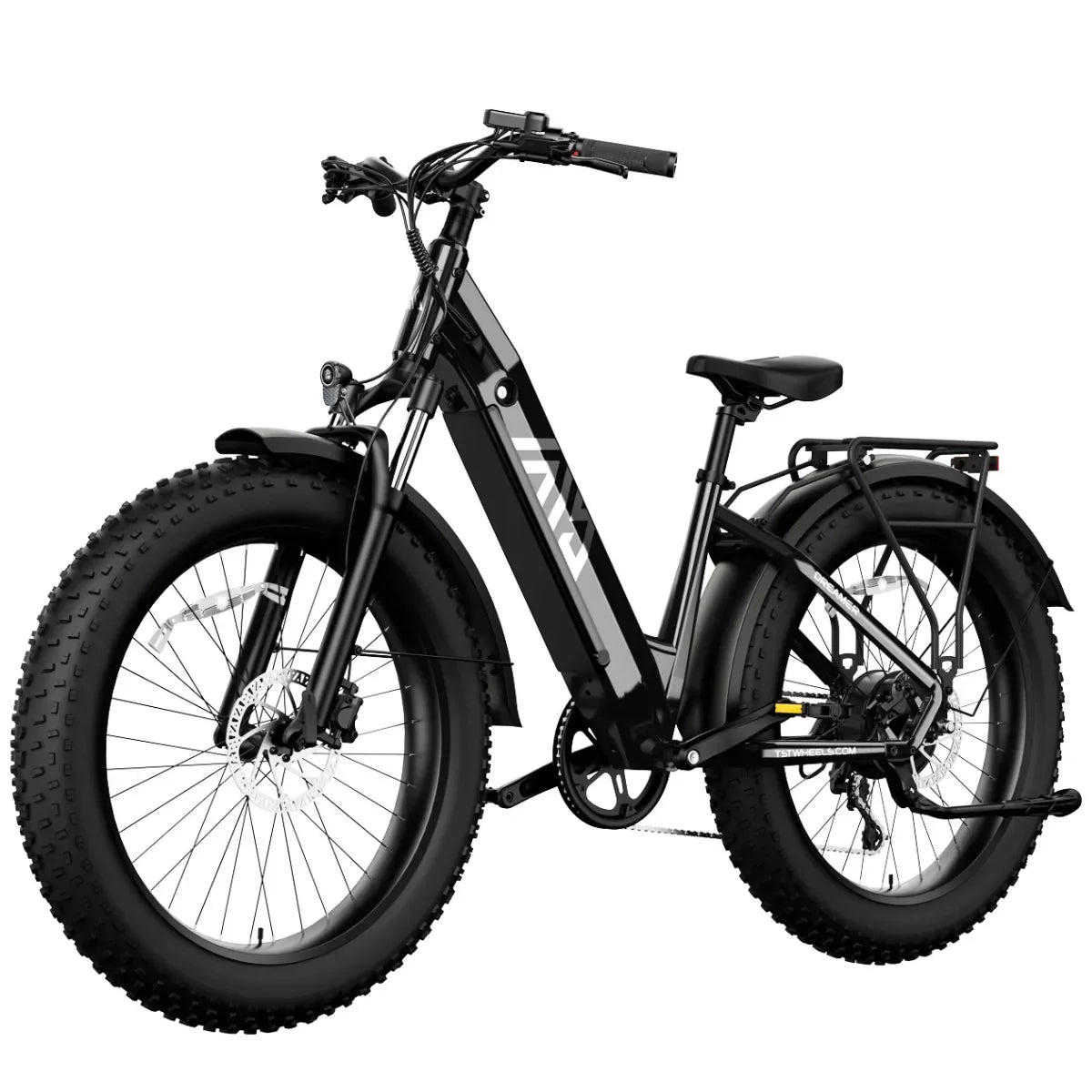

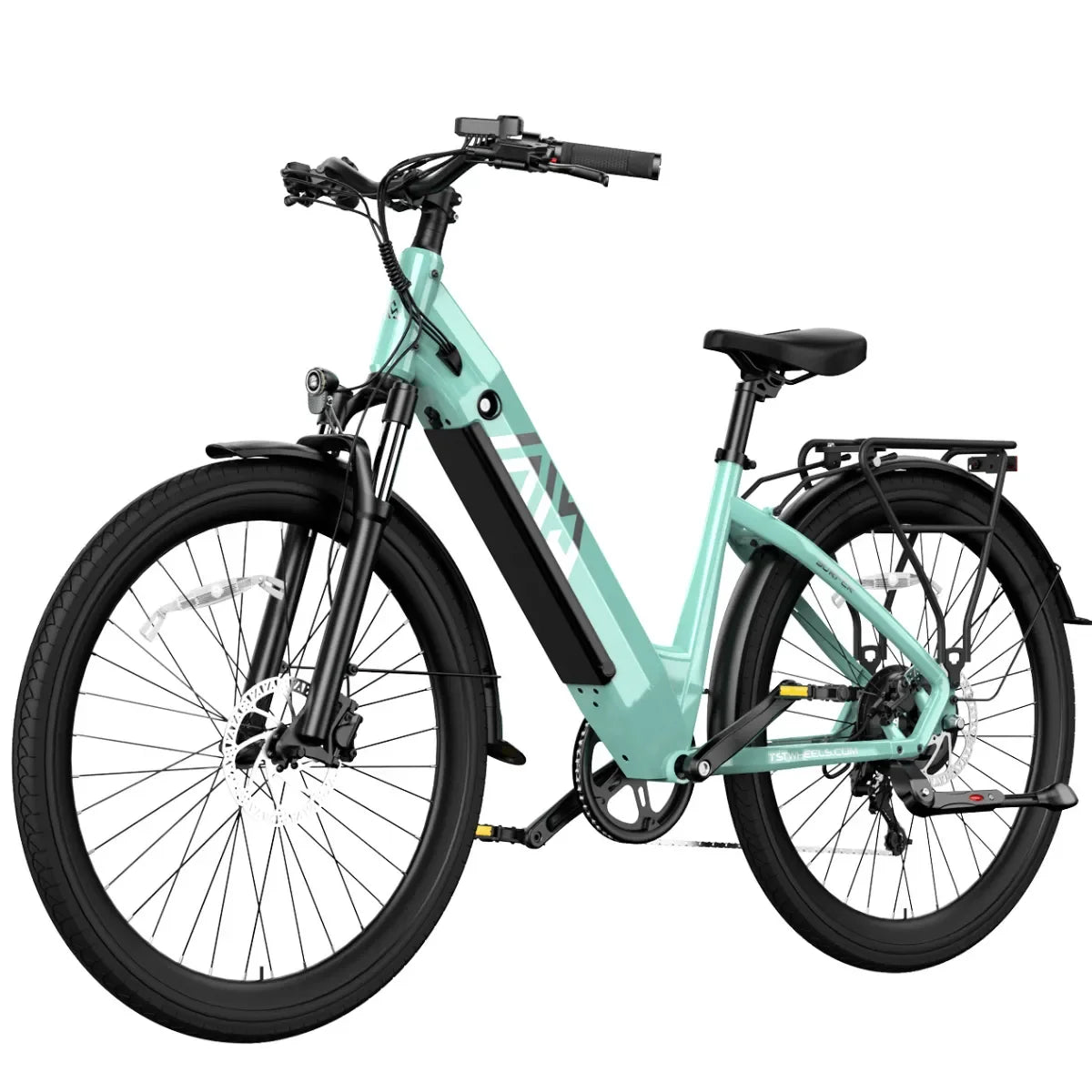
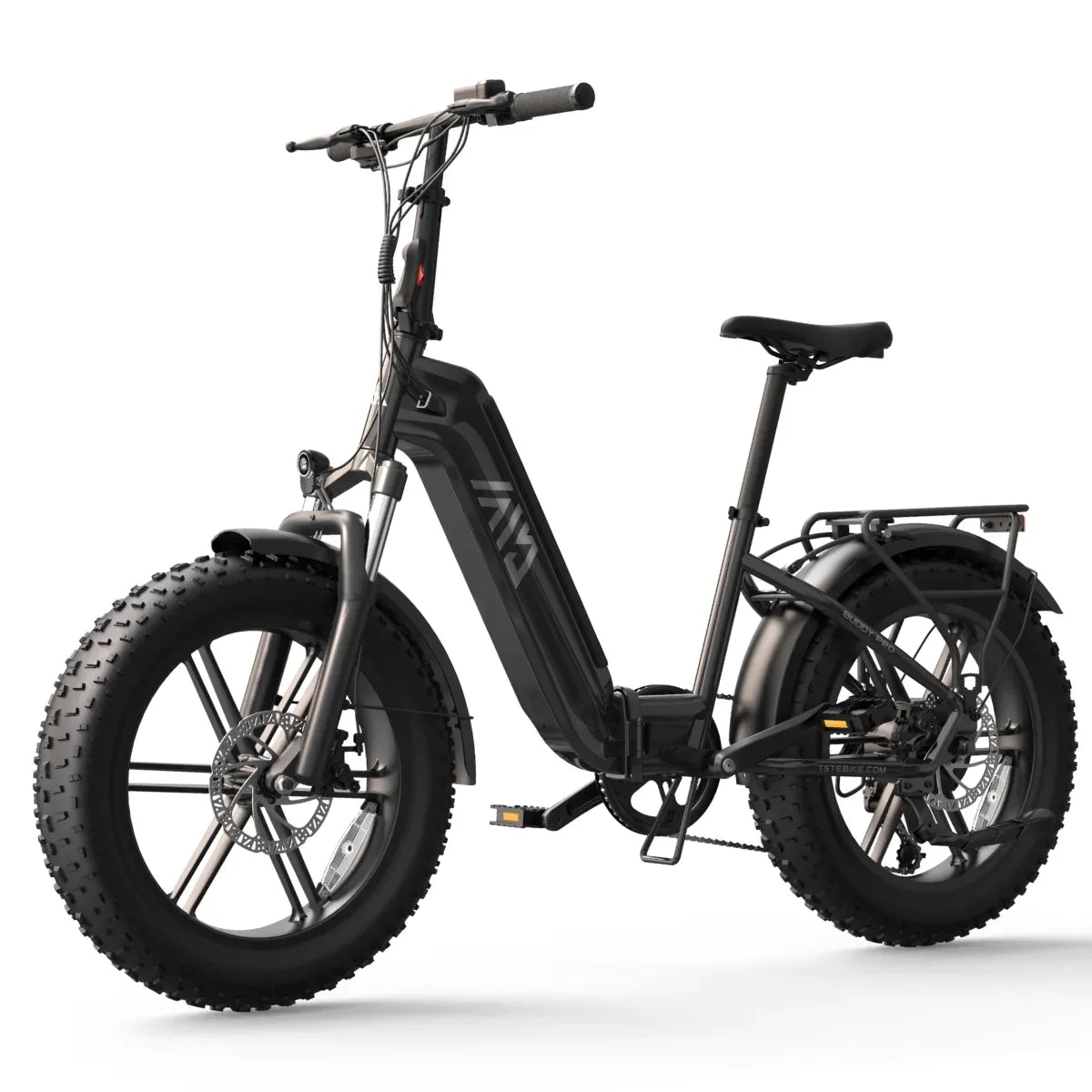
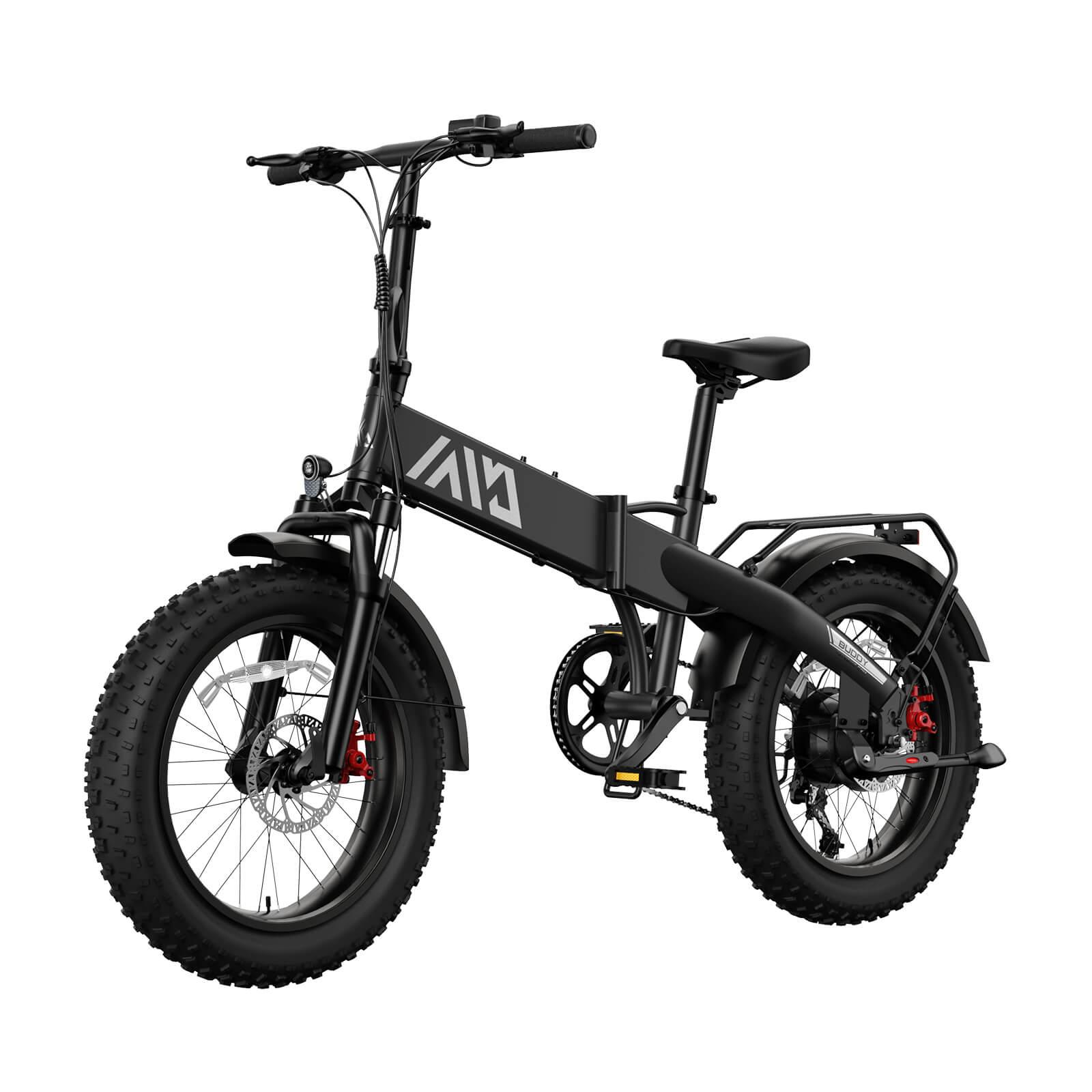
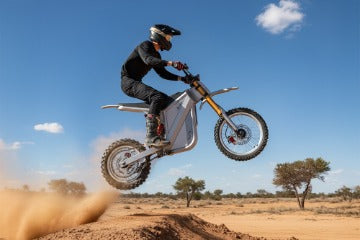
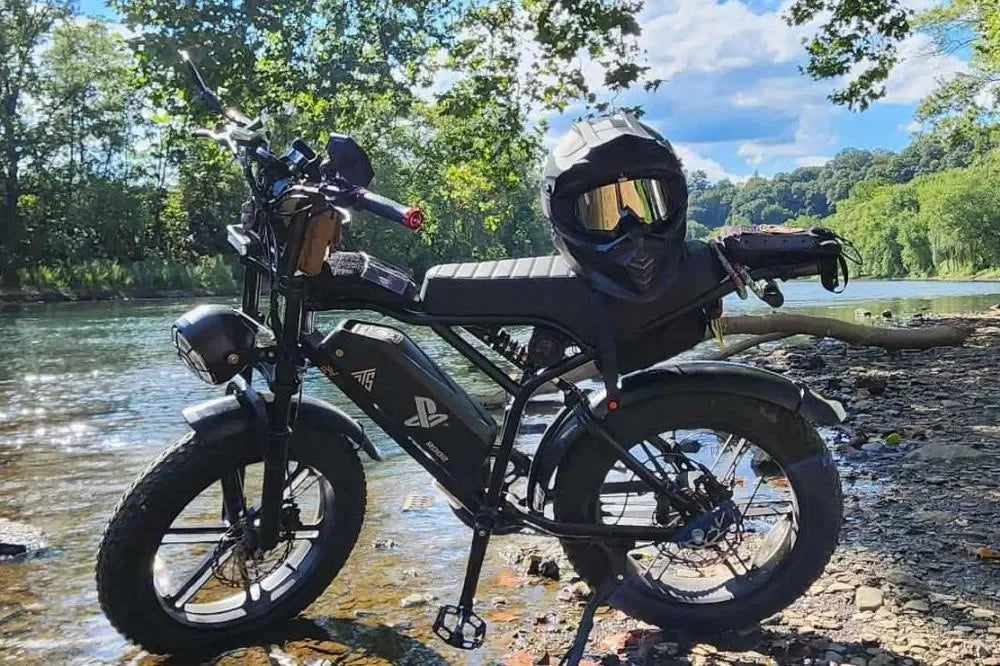
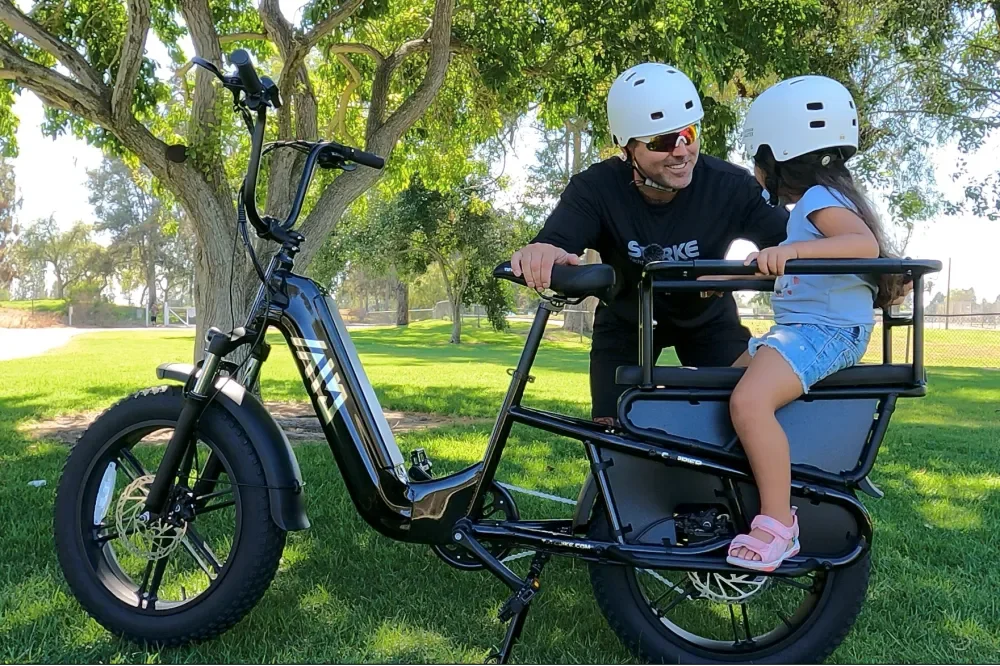
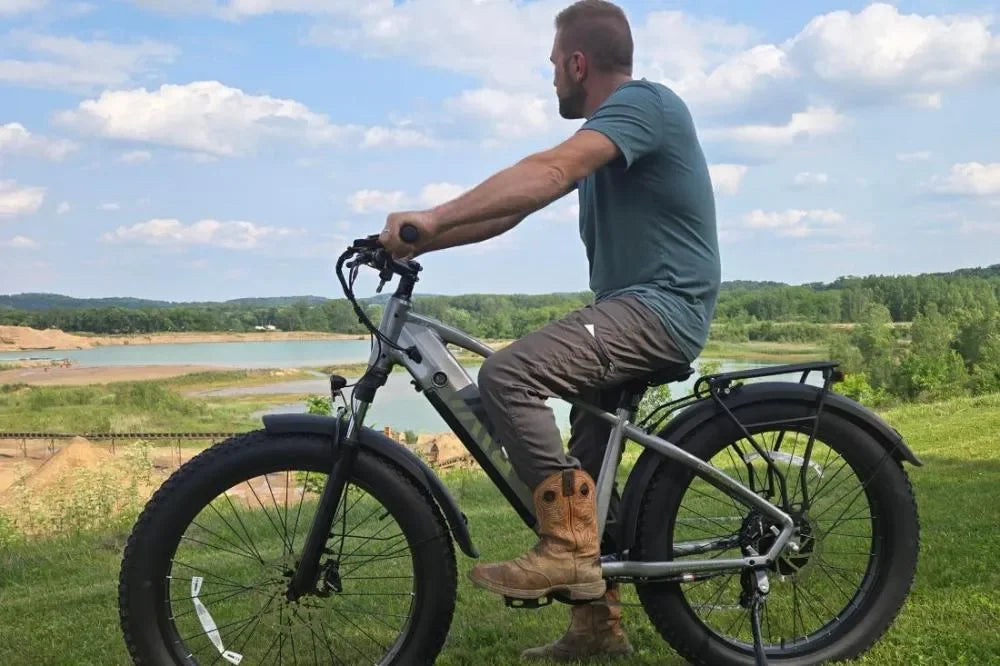
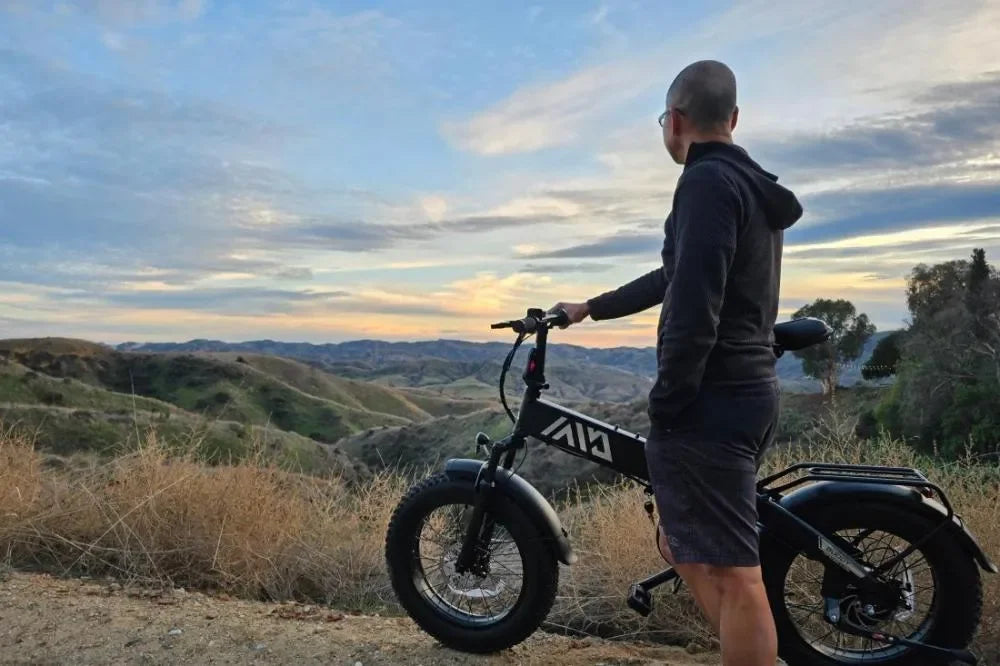
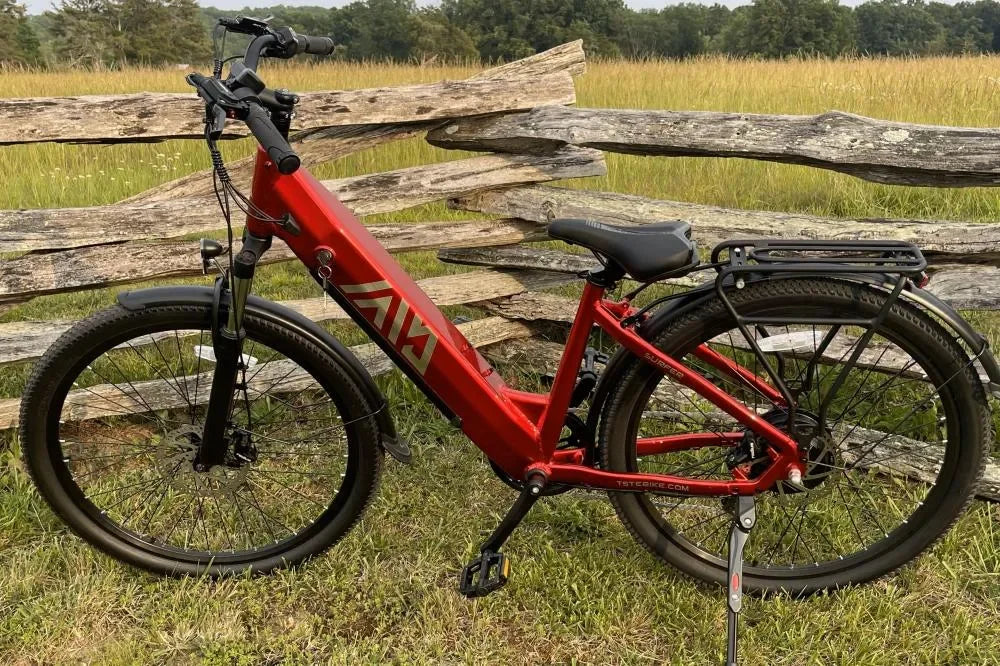
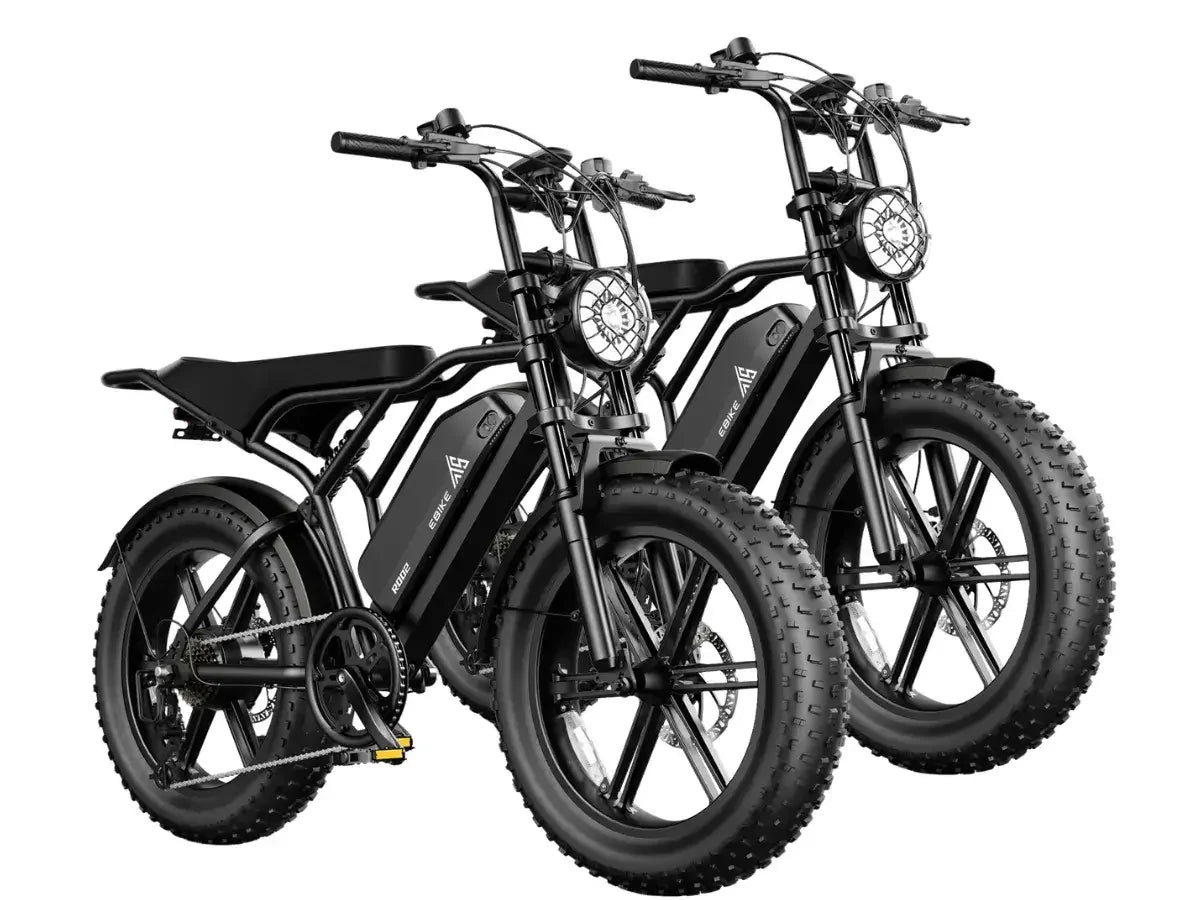
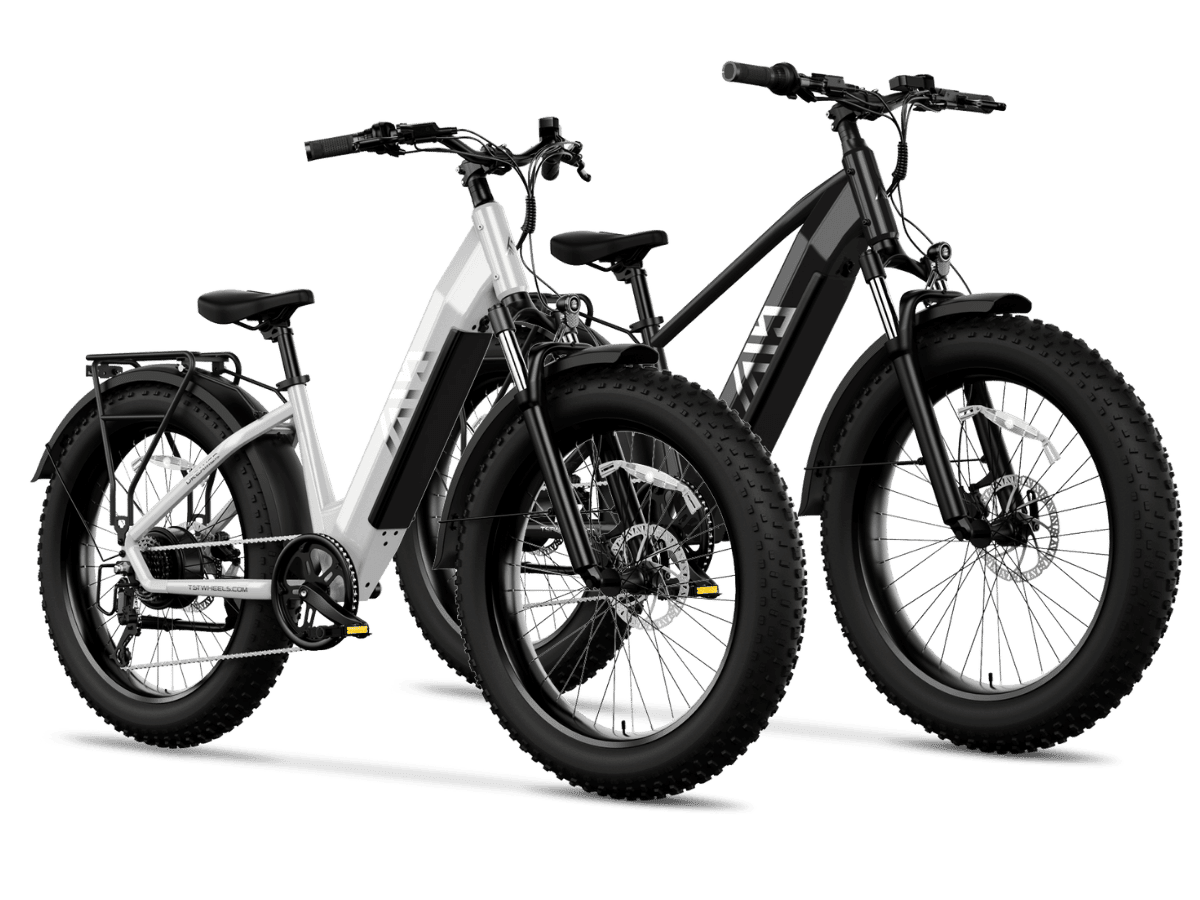
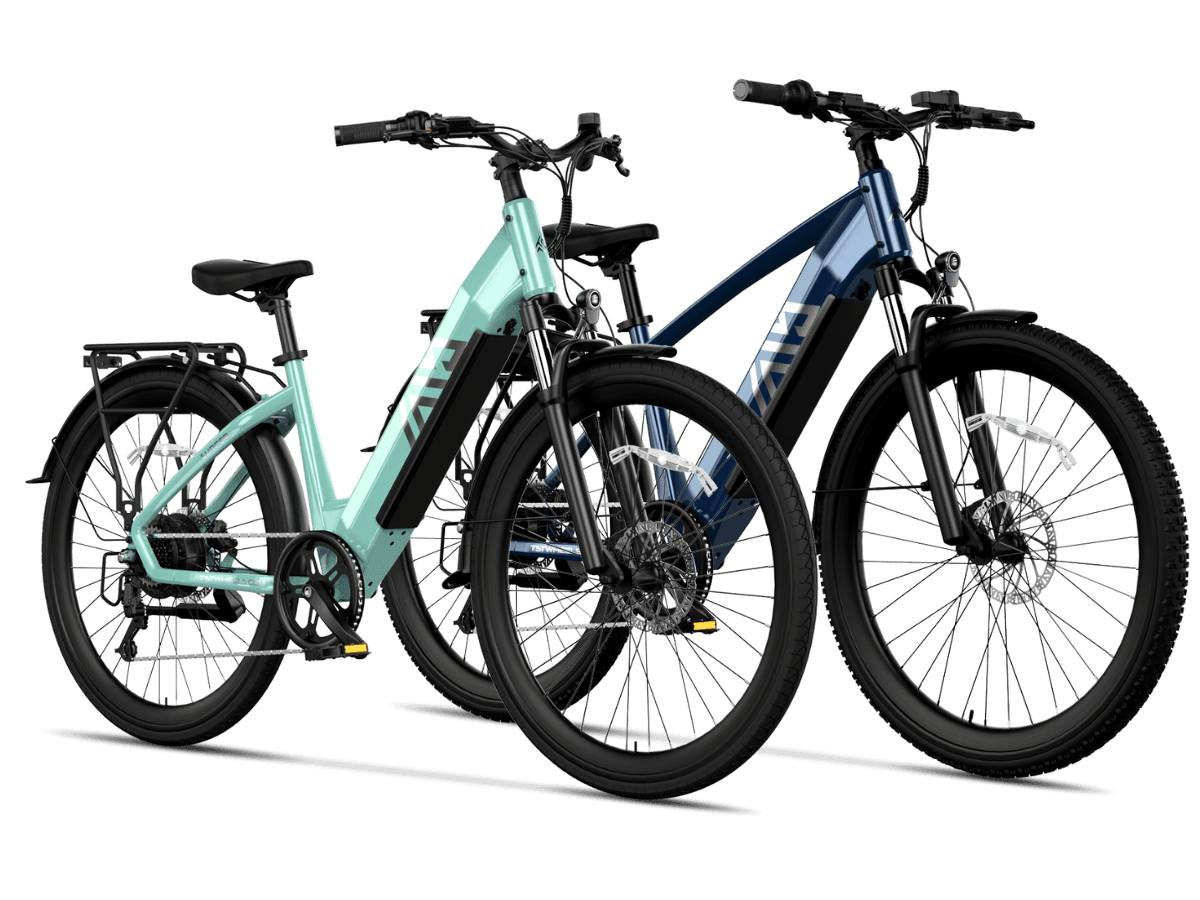
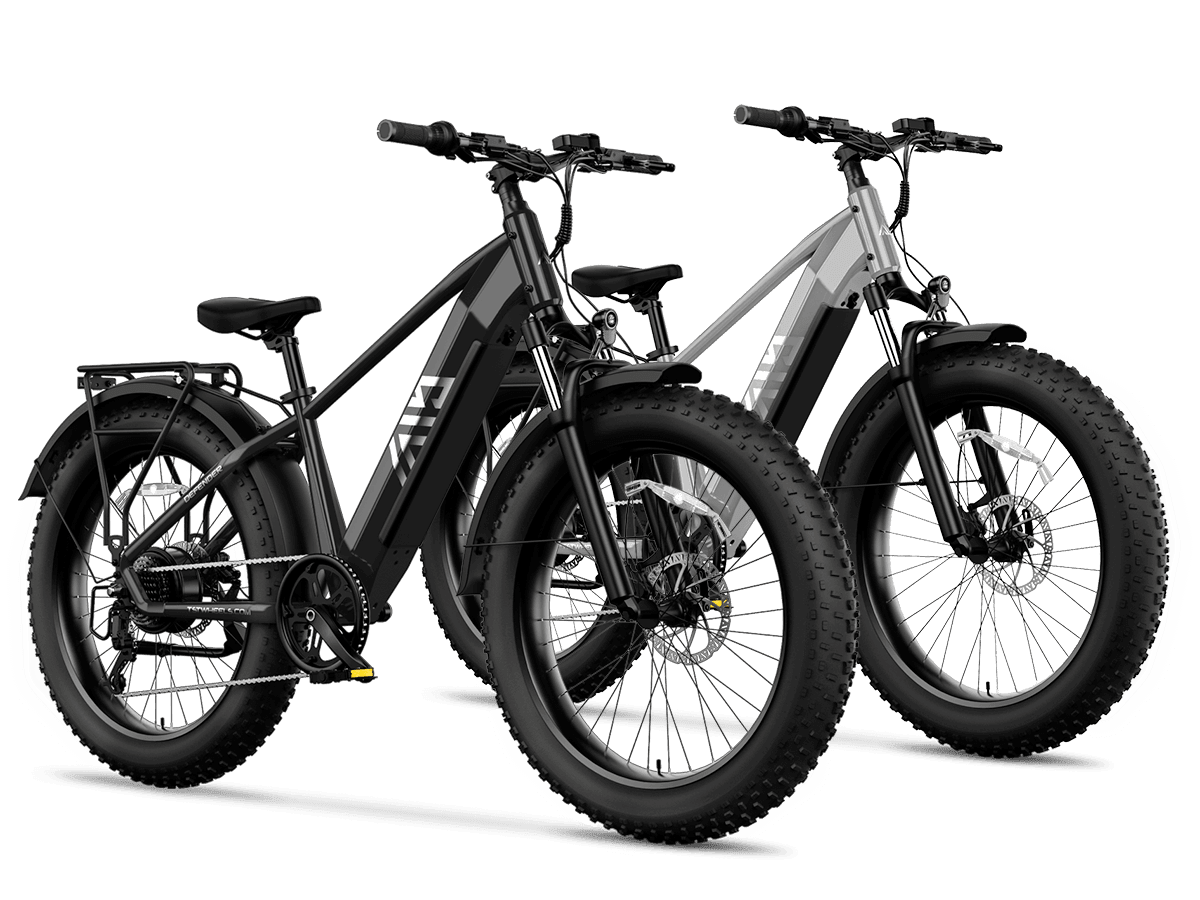
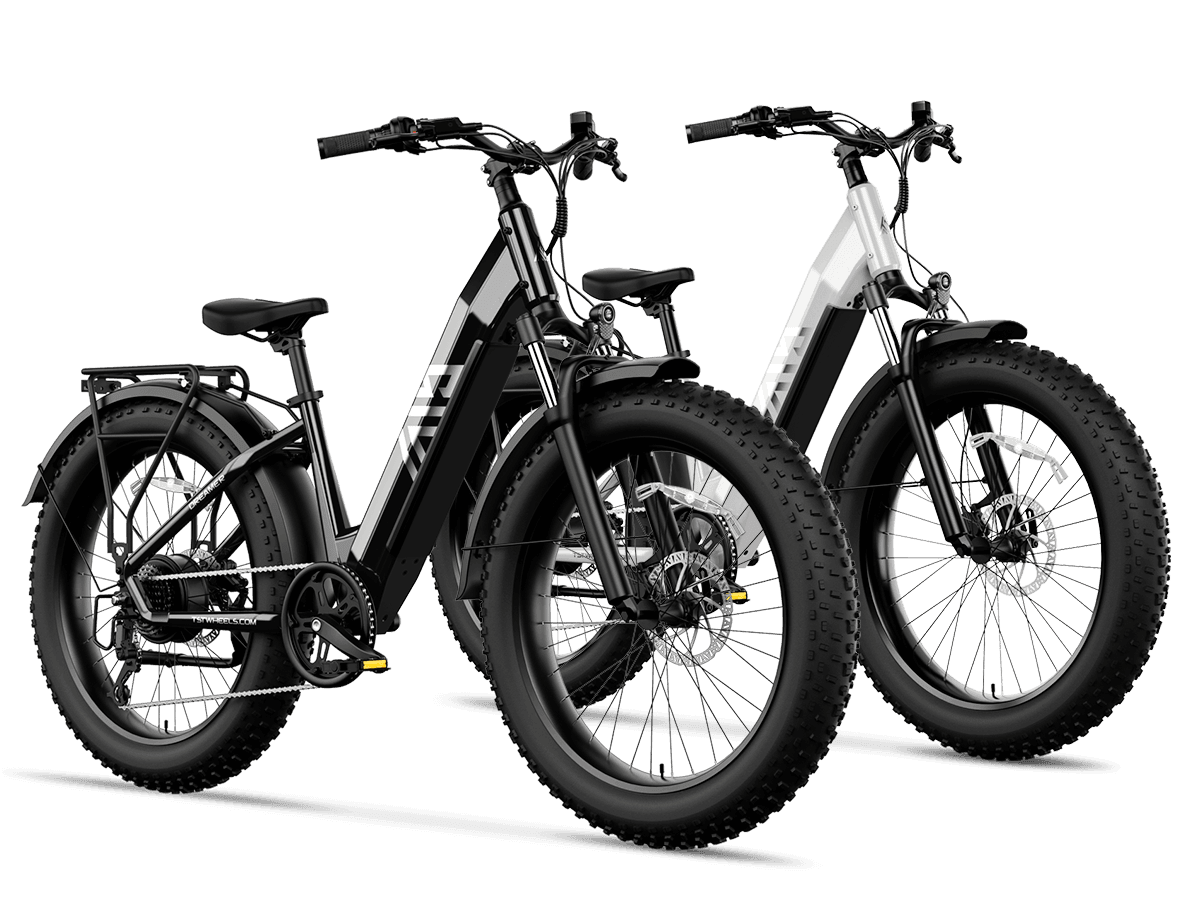
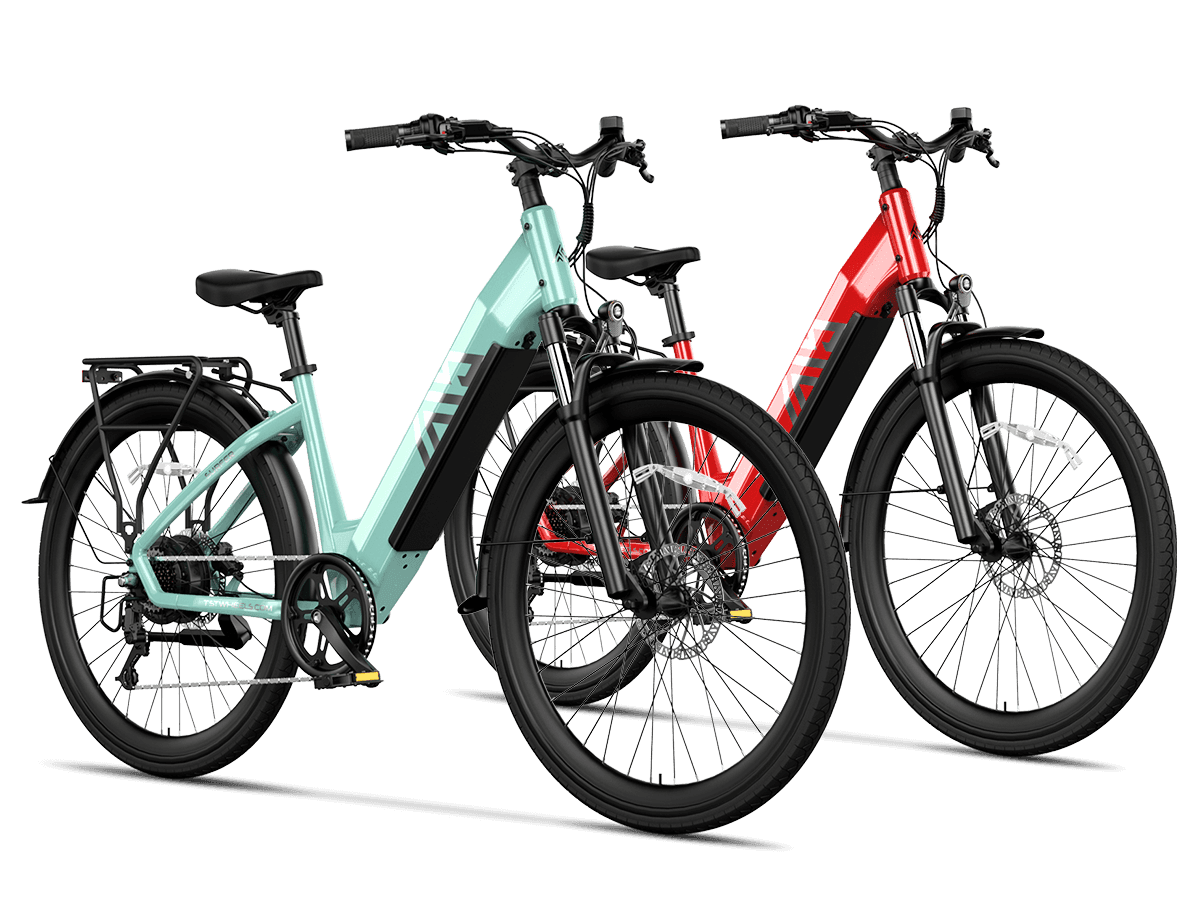
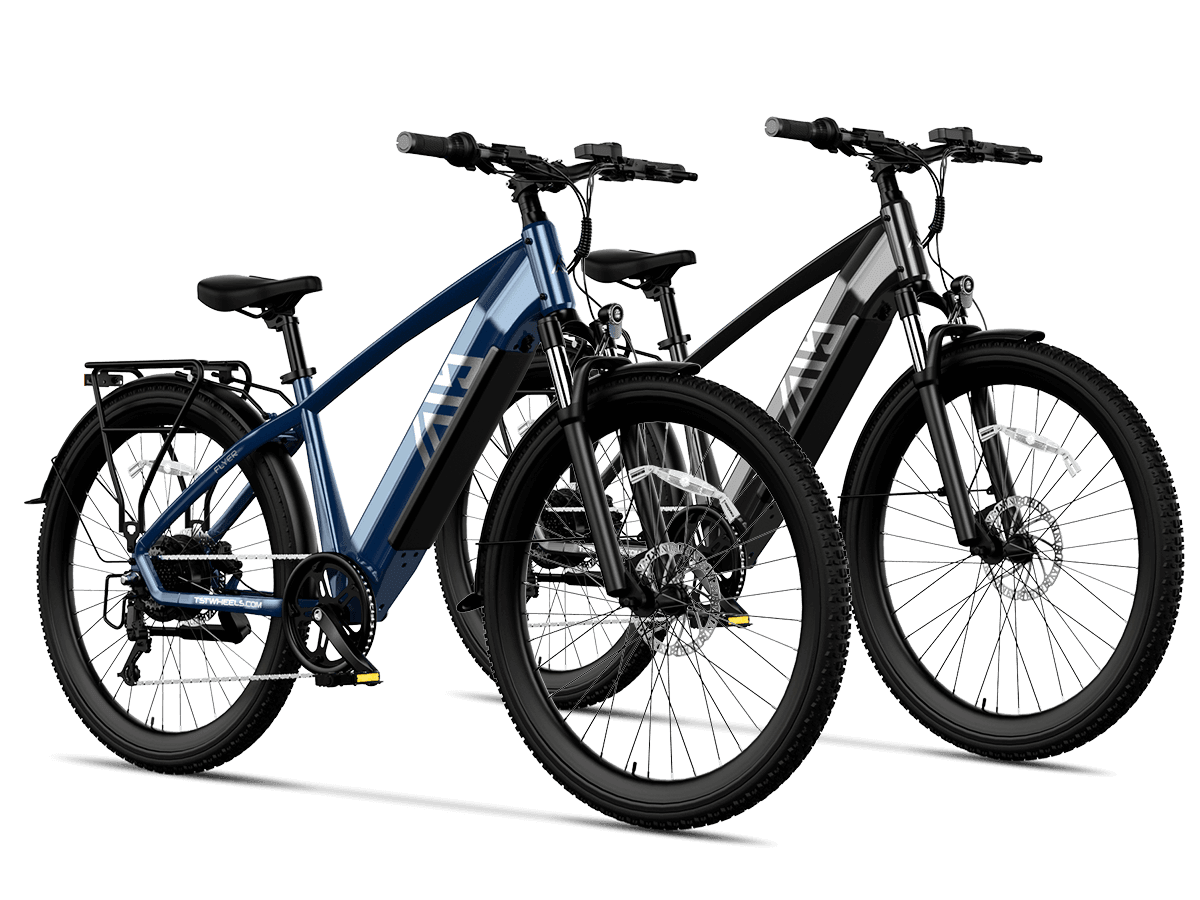
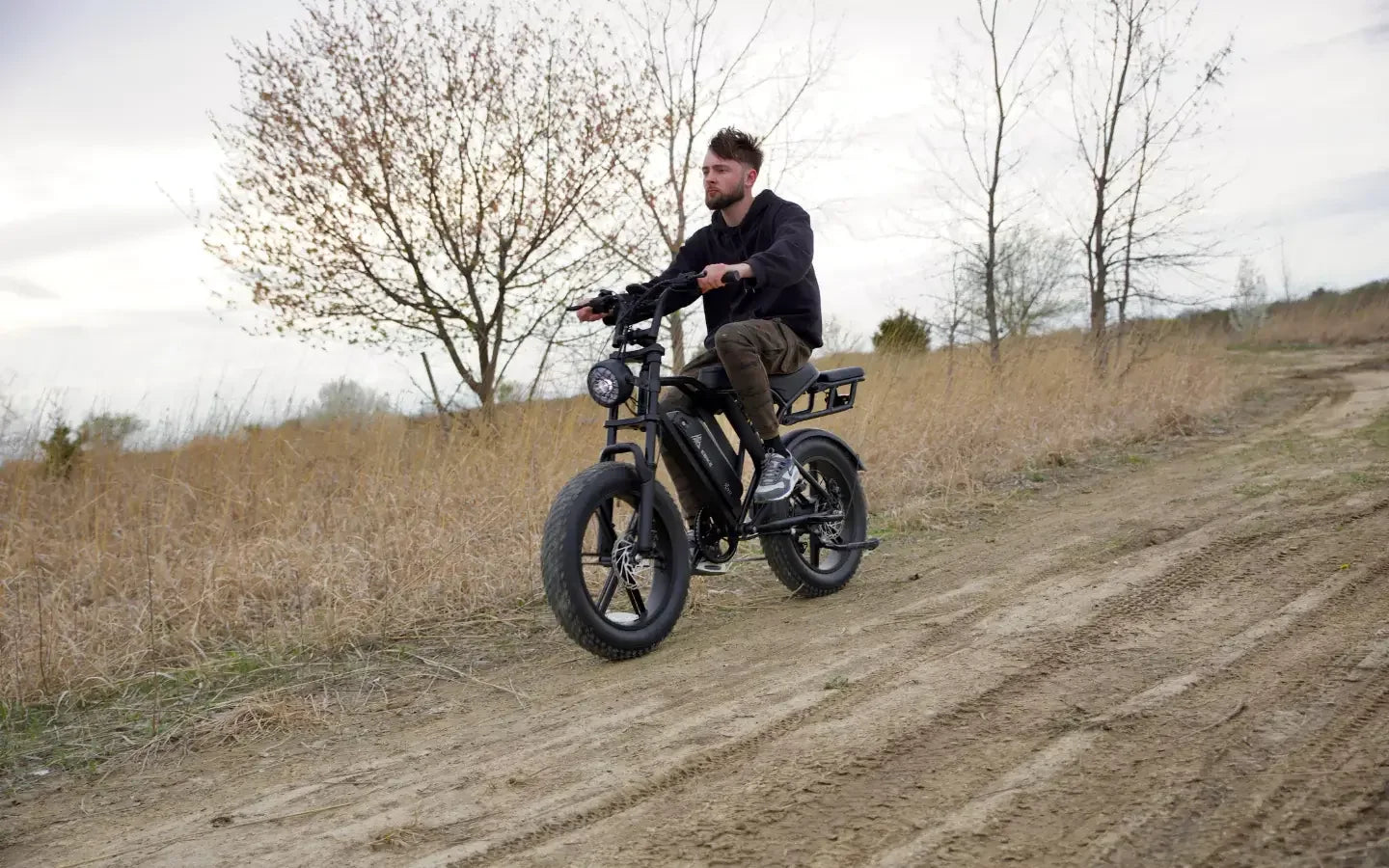
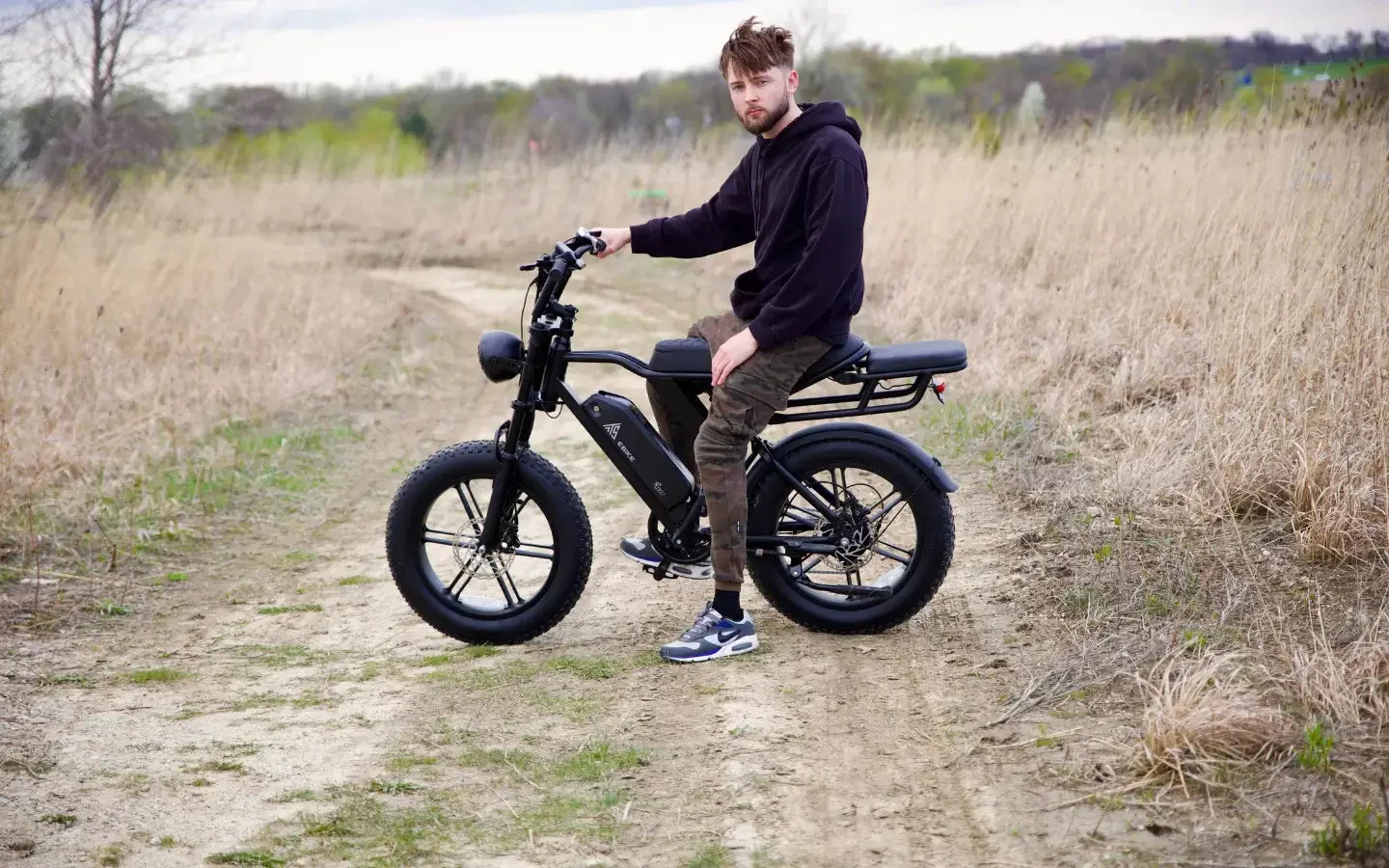
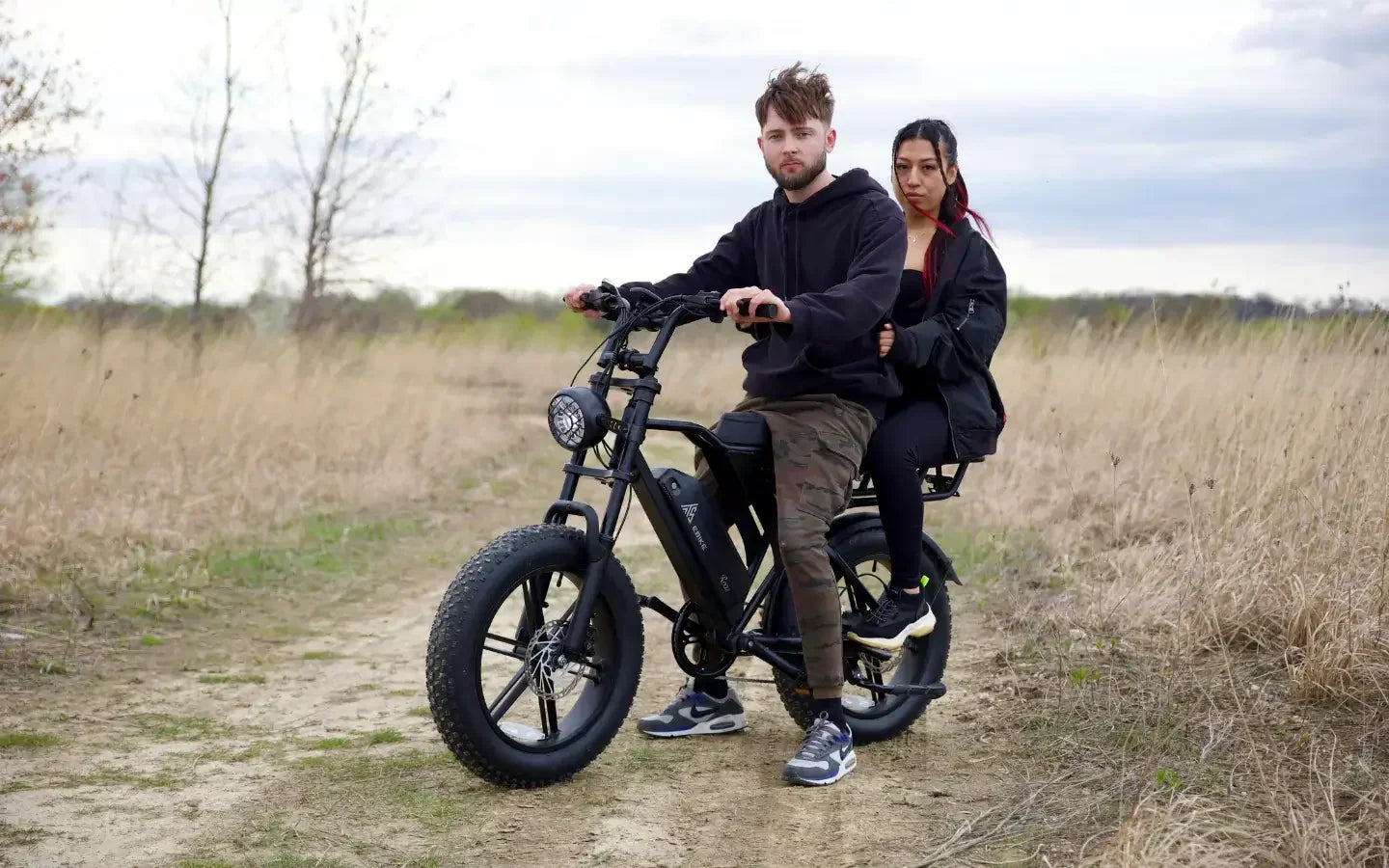
Leave a comment
This site is protected by hCaptcha and the hCaptcha Privacy Policy and Terms of Service apply.